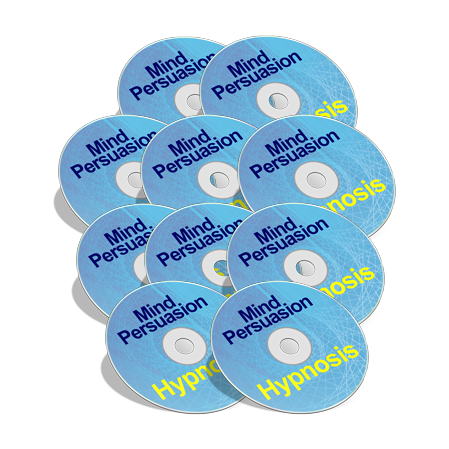We humans like choice, but not too much.
Choosing between 3 or maybe 4 things is pretty easy.
Which makes sense.
They say we can hold between 5 and 9 (7 +/- 2) things in mind at once.
So looking at three kinds and choosing one means we’re really thinking of six things at once.
The pros and cons of each choice (pro and con times 3).
When we get up to four, it’s kind of stretching our brains.
Looking at five things, it starts to get difficult.
This is what marketers have found when experimenting with different choices on supermarket shelves.
Three variations seems to be the sweet spot.
But there’s another way to look at choice.
How we compare things to one another.
Students were asked to put their hands in a bucket of water, and guess the temperature.
The “test bucket” was always the same temperature.
But their “guess temperature” was dependent on what their OTHER HAND was doing.
If their other hand was in warm water, they under-estimated the test bucket.
If their other hand was in cold water, they over-estimated the test bucket.
So when offering a choice to somebody, how you present that choice will have a HUGE impact on how they choose.
Example:
A marketer was trying to sell a kitchen gadget. It had a few features and was $150.
People would look at it on the shelf, all by it’s lonesome, and only a few people would buy it.
All he did was take a much more expensive gadget ($400 or so) and put it next to the $150 gadget.
The $400 gadget had only a few more features.
So the $150 looked CHEAP by comparison.
Simply by rearranging his shelves, he sold WAY more stuff.
There are tons of ways to leverage this.
Especially if you already have two choices, and there is ONE that you prefer.
Just present the costs of the other choice (the one you don’t want them to choose) as being disproportionately higher than the associated benefits.
Then when they choose, it will be THEIR choice.
Even though you “helped” them make it.
Luckily, this is pretty easy to do conversationally.
Just take a little bit of thought before presenting your ideas, and present them accordingly.
Learn How:


One comment